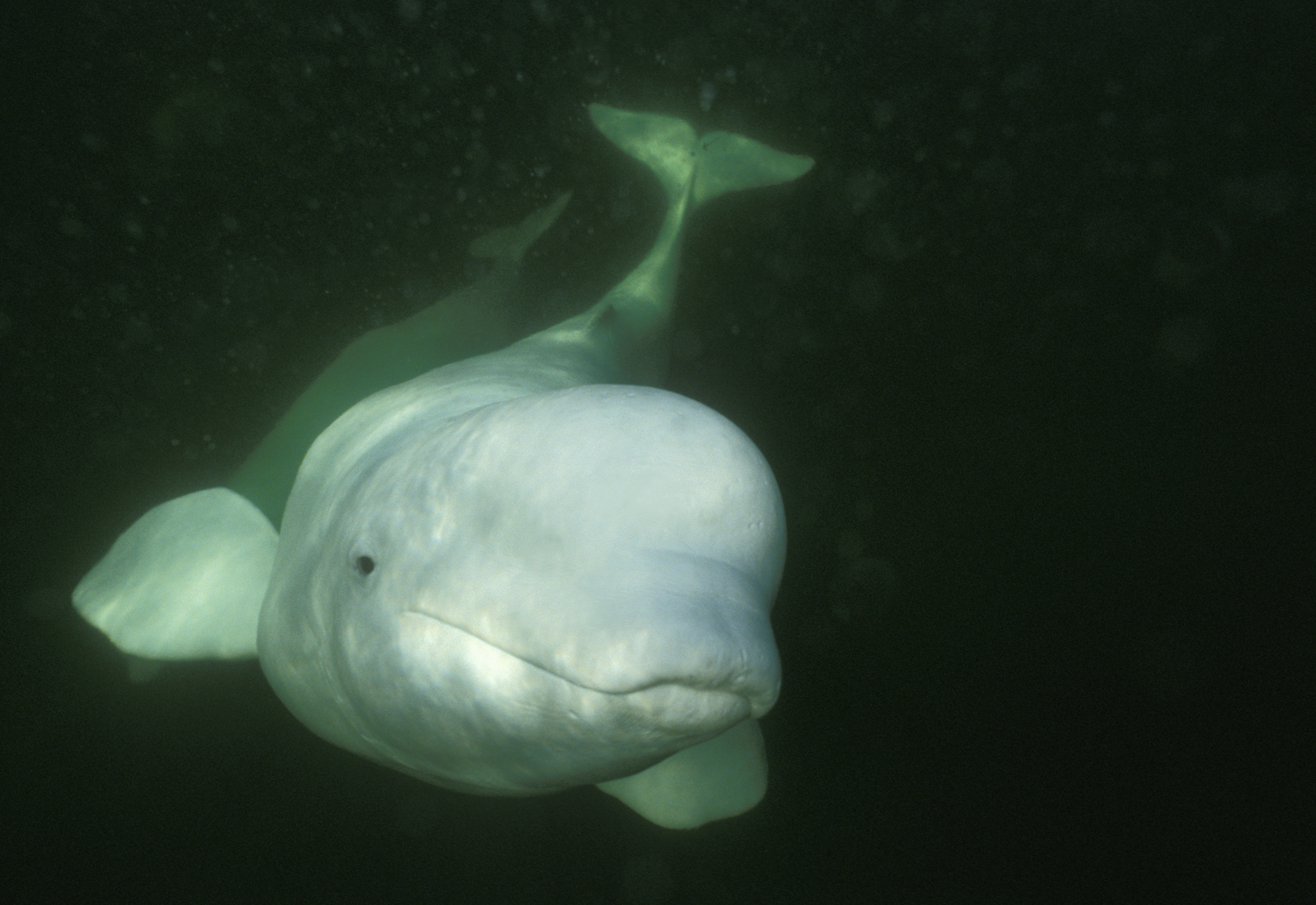
Cook Inlet Beluga Whales Listed As Endangered
Cook Inlet’s beluga whales were listed as an endangered species last week. The decision gained national attention for both its political significance and its environmental implications. Lost in most of the media coverage, however, was the fact that Trustees for Alaska—which has advocated for protecting the whales for nearly ten years—filed the petition which gave rise to the listing decision by the National Marine Fisheries Service.
There are only about 375 of the small white whales left in Cook Inlet, and local residents and tourists alike delight in seeing them not far from shore at a number of easily accessible lookout spots, including the aptly-named Beluga Point not far from Anchorage.
But the beleaguered belugas have not endeared themselves to local politicians, mining interests, or the oil industry. Indeed, the Palin Administration’s opposition to the listing was prominently featured in the national coverage of the listing decision.
Environment-be-damned supporters of development are concerned about the listing because federal agencies must now evaluate and avoid activities that jeopardize the belugas’ continued existence. At least four on-going or proposed activities could be affected:
- The other “Bridge to Nowhere”, a proposal backed by Gov. Palin to construct a two-mile bridge from Anchorage, across Cook Inlet’s Knik Arm to – well, nowhere. The bridge, which will not significantly cut commuting time to Wasilla, is estimated to cost more than $1 billion. It would also impair habitat that is likely to prove important to the now-protected belugas.
- The Chuitna Coal Mine, a proposed 5,000-acre open-pit mine on the west side of Cook Inlet. The strip mine could yield up to 300 million metric tons of coal over 25 years. Backers propose to build a port, and a 10,000-foot dock into Cook Inlet, with a 500,000 ton coal stockpile. The mine and its infrastructure are likely to degrade water quality and whale habitat.
- Anchorage’s Pt. Woronzof wastewater treatment facility, which now dumps 58 million gallons a day of primary-treated sewage into Cook Inlet. Incredibly, Anchorage is still permitted by the federal government to discharge what amounts to raw sewage, with only the solids removed, into Cook Inlet.
- Under lax federal permitting standards, 19 on- and offshore oil and gas facilities in Cook Inlet pour 279 tons of oil and grease annually, along with toxic metals, into the water, polluting habitat which may be crucial for the whales (and potentially rendering fish and shellfish in Cook Inlet unfit for human consumption).
These are all battles in which Trustees for Alaska continues to play a leadership role in defending Alaska’s environment.
Senior Attorney Mike Frank drafted the listing petition, and has been instrumental in the long fight to save the whales. The petition was filed on behalf of Cook Inletkeeper, Alaska Center for the Environment, National Audubon Society – Alaska State Office, North Gulf Oceanic Society, Alaska Community Action on Toxics, Natural Resource Defense Council (NRDC), Center for Biological Diversity, Defenders of Wildlife, Kachemak Bay Conservation Society, Friends of the Anchorage Coastal Wildlife Refuge, and Sylvia Brunner, PhD.
Click here to read the listing decision by NOAA’s National Marine Fisheries Service.
Click here to read NOAA’s press release.
Click here to read press release issued by the petitioners.



